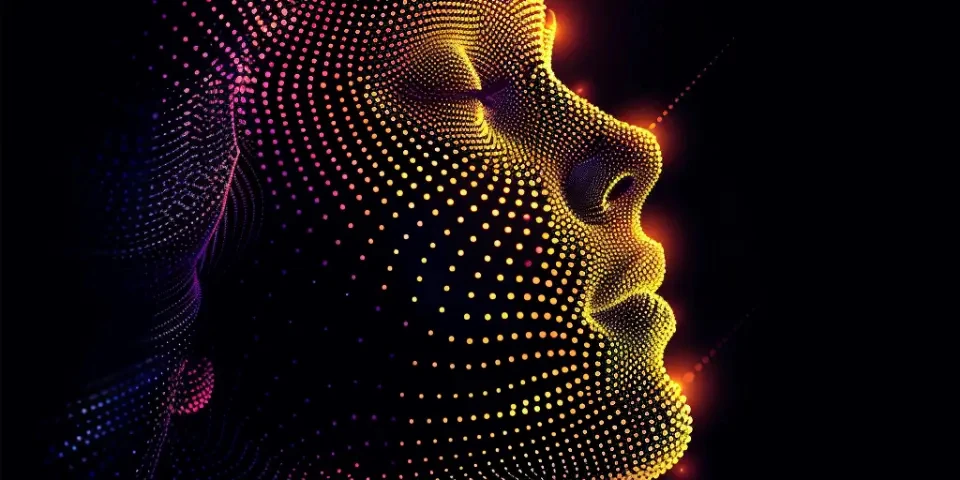The Future of AI Job Automation vs Job Creation
Artificial Intelligence (AI) has been shaping our world for several decades. With rapid advancements in technology, many industries are now exploring the potential of AI to automate tasks and processes. However, there is an ongoing debate on whether AI will lead to job automation or job creation. In this article, we will explore both sides of the argument and analyze the future implications of AI on the job market.
Job Automation: Threat or Opportunity?
1. Improved Efficiency: AI has the potential to automate repetitive and mundane tasks, freeing up human resources for more complex and creative work. This can greatly enhance productivity and efficiency within organizations.

2. Job Displacement: The fear is that AI will replace humans in various job roles, leading to unemployment and economic instability. Certain industries, such as manufacturing and customer service, are already experiencing this shift.
3. Upskilling Requirement: As AI takes over routine tasks, there will be a growing need for employees to upskill and reskill in order to stay relevant in the job market. This presents an opportunity for individuals to acquire new, high-value skills.
Job Creation: The Optimistic Outlook
1. New Job Roles: While AI may eliminate some jobs, it also has the potential to create new, previously unimagined roles. AI engineers, data scientists, and AI trainers are just a few examples of emerging careers in the AI field.
2. Increased Innovation: As AI augments human capabilities, individuals and organizations will have the opportunity to innovate and develop new products and services that were not feasible before. This can lead to economic growth and job creation in various sectors.
3. Supportive Technology: AI can act as a tool to empower workers rather than replace them. By automating certain tasks, it allows employees to focus on higher-level decision-making, problem-solving, and creative thinking.
Frequently Asked Questions:
Q: Will AI completely replace human workers?
A: While AI may automate certain job roles, it is unlikely to completely replace human workers. Instead, it will likely redefine job roles and create new opportunities.
Q: Can AI lead to job polarization, with a few highly skilled individuals benefiting and a majority facing unemployment?
A: There is a possibility of job polarization. However, it is crucial for governments, organizations, and educational institutions to invest in upskilling programs to bridge the skills gap and ensure a smooth transition.
Q: How can individuals prepare for the impact of AI on the job market?
A: Continuous learning and upskilling are essential to adapt to the changing job market. Developing skills in areas like data analysis, programming, and critical thinking can increase employability.
The Role of Government and Education
1. Policy Development: Governments play a crucial role in shaping the impact of AI on the job market. They need to develop policies that encourage innovation, support workers, and provide a safety net for those affected by job displacement.
2. Education Reform: Educational institutions should focus on preparing students for the future by integrating AI-related courses into their curriculum. Teaching skills that are complementary to AI, such as creativity and emotional intelligence, will be vital.
3. Collaboration and Research: Governments, academic institutions, and industry leaders should collaborate to understand the long-term effects of AI and develop proactive strategies to address any challenges that arise.
The Balanced Approach
The future of AI and its impact on jobs is not a simple black-and-white scenario. It is important to take a balanced approach that maximizes the potential benefits while addressing the challenges. By investing in upskilling, fostering innovation, and implementing supportive policies, we can navigate the evolving landscape and create a future where humans and AI can coexist harmoniously.
References:
1. Brynjolfsson, E., & McAfee, A. (2014). The second machine age: work, progress, and prosperity in a time of brilliant technologies.
2. Manyika, J., Chui, M., & Miremadi, M. (2017). Jobs lost, jobs gained: Workforce transitions in a time of automation.
3. World Economic Forum. (2020). The Future of Jobs Report 2020.
At Spicy AI, friendship never gets boring! Create custom AI companions for spicy interactions that keep the excitement alive through flirty banter and adventurous roleplay. Are you ready for some fun? Join tonight!
Explore your companion in WeMate